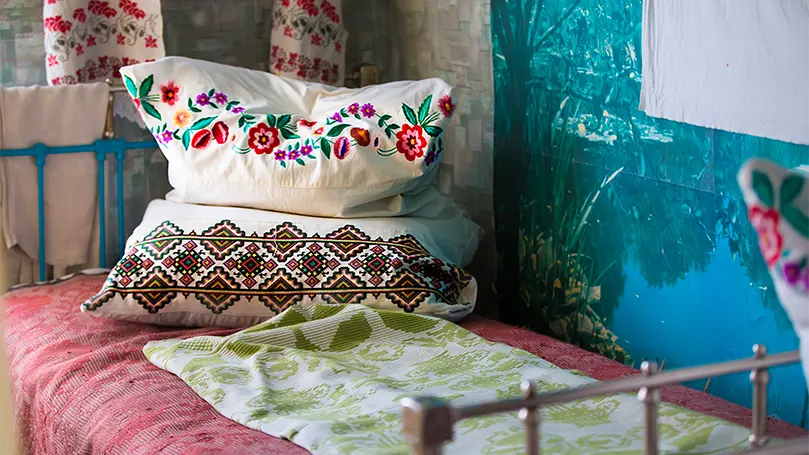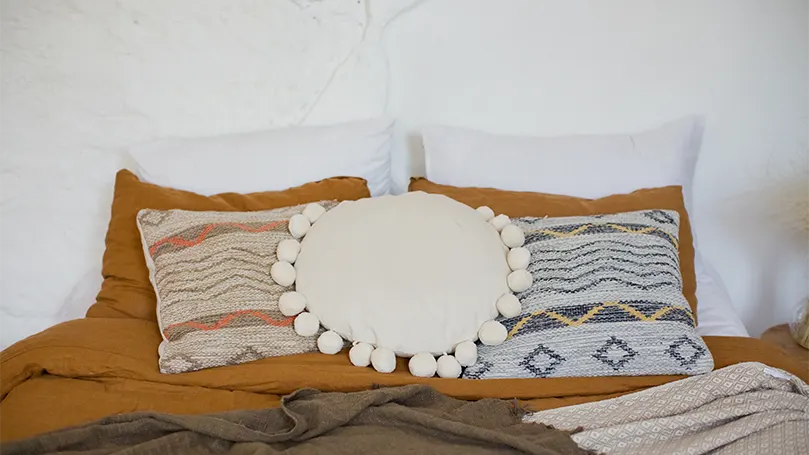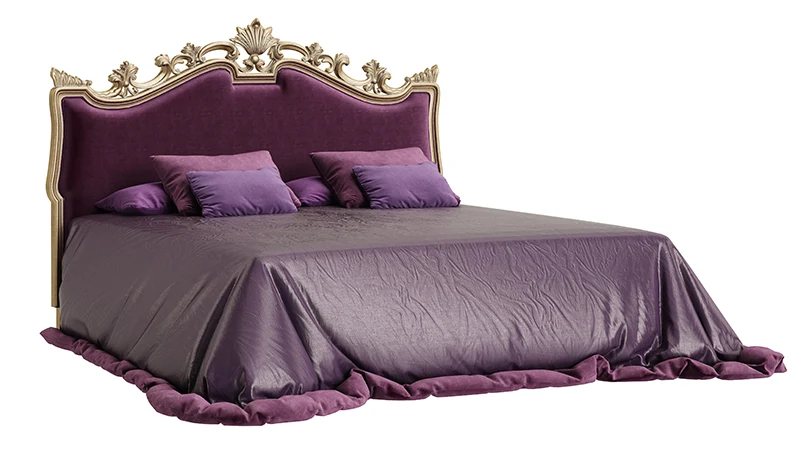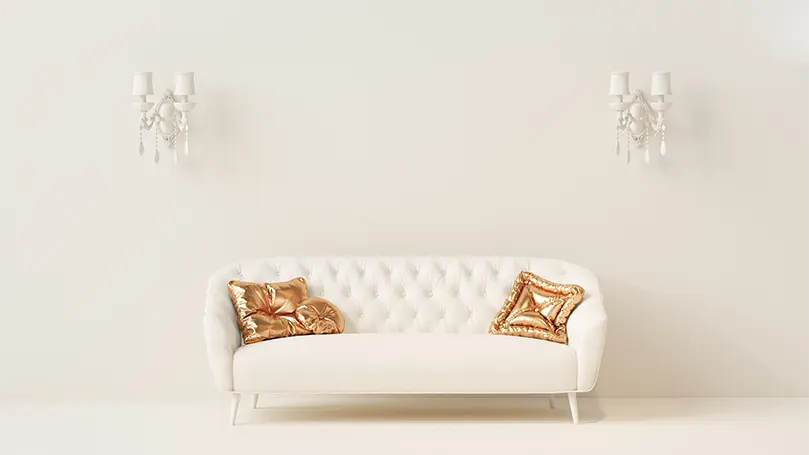What was the primary function of a pillow?

The primary function of a pillow was to protect your ears, nose, and mouth form pestering insects crawling around you during the night. Back in the day, when we used to sleep on a cold, hard ground, there really wasn’t much to protect you from insects and other pests. They would crawl into your cavities, causing all kinds of problems.
So, the first pillows were designed merely to lift your head up from the ground. Also, their role was to offer some kind of protection against inspects. So, if you thought that the ancient folks were just uncomfortable and tired of sleeping on their hands – you’re mistaken. Comfort wasn’t one of their concerns.
When the first pillow came to exist?
The first pillow came about 7000 years before Christ, so about 9000 years from today. It was an artifact of ancient Mesopotamians. In fact, the first pillow is so ancient. It actually precedes the actual Mesopotamian civilisation, whose beginnings are commonly dated to about 3300 BC.
The actual pillow was made from pure stone. A single block of stone would be chiseled and carved into a half-moon shape to support your neck and head. It’s safe to say that comfort wasn’t a top priority, as there are no evidence that suggest anything softer was used to “cushion” the feeling of hard rock against your head. It was there purely for keeping the bugs out of your ears.
What materials did the ancient civilisations use?
Looking at some the best UK pillows we use today, it is obvious that we took a big leap from hard rock to soft feathers and memory pillows, but as you’re probably aware – we didn’t just move from stone to foam in a matter of weeks.
In fact, through the history, ancient (and not so ancient) civilisations have used various materials to craft pillows, and we’re going to guide you through all of them.
Wood
Wooden pillows were used by both the ancient Egyptians and Chinese. Egyptians believed that the head is a temple of the body and that it should not touch the ground. Chinese, on the other hand, usually reserved their wooden pillows or “takamakura” for geishas who’ve slept on them to preserve their intricate hairdo’s.
Bamboo
Despite being advanced enough to craft soft pillows, ancient Chinese were fans of hard ones. Bamboo was their preferred choice, next to marble, porcelain, bronze and jade. Essentially, they believed that sleeping on a soft pillow would weaken your body and spirit, so they decided not to make them.
Marble
Marble was also one of the materials used to craft pillows in ancient Egypt. As you might imagine, marble was reserved for the wealthy. More often than not, marble pillows would be used to prop up heads of the deceased in order to scare the evil spirits away. Egyptians have also often graced their pillows with religious images and symbols.
Jade
Jade was regarded as the most precious stone in ancient China, and many believed that sleeping on a jade pillow would enhance one’s intelligence, purity, and moral integrity. Naturally, it was only reserved for the wealthy and the noble.
Ceramic
Ceramic pillow were popular in Egypt, but they were at the top of their popularity only a thousand years ago, during the Chinese Song dynasty. As all the other ancient pillows, ceramic pillow weren’t comfortable. However, they were cool to sleep on. What they also were is very intricate in design, and are now often sold as art pieces to collectors all over the world.
Stone
Stone was the first and for a long time the most often used material for crafting the pillows. Most ancient civilisations, from Mesopotamians to Chinese have used stone to make the pillows.
What was the traditional pillow made of?

To fully understand the traditional pillow, we must look at its European roots.
For instance, Romans and Greeks never used hard pillows. Even though both ancient Roman and Greek empires existed and came to a halt long before any of the Chinese dynasties even began their rise, both Romans and Greeks used soft pillows stuffed with reeds, feathers and straw. To be fair, these pillows were mostly only available to the wealthy, but still, unfortunate people didn’t sleep on stone – they used whatever they could get their hands on.
So, if we look at those pillows, you could say that the traditional pillows were made of feathers, reeds and straw. That stayed true for a really long time, at least through most of the Europe. Then came the Middle Ages…
For some time during the middle ages, Europeans, at least the western Europeans, did not use a pillow. At the time, pillows were looked at as a sign of weakness or were only used by the wealthy, as nothing else but a status symbol. In fact, King Henry VIII actually banned the use of soft pillow, allowing only pregnant women to use one. Naturally, those pillows were nothing like modern-day pregnancy pillows.
Fortunately, that didn’t last long. By the end of the 16th century, pillows were back to being common practice, and were mostly stuffed with straw.
Pillows in the 19th century

The revolution towards the modern-day pillow began somewhere during the mid-1800s. Of course, this was just the beginning. So, we weren't going to start seeing memory foam or cooling pillows just yet.
However, as you'll see, you can definitely feel a shift. The pillows started getting a bit more comfortable, a lot larger, and even a bit luxurious.
Materials
Instead of hand-woven linen, people started using cotton ticking for the pillow covers (pillowcases). Additionally, natural fillings like duck feathers began phasing out the straw fillings.
Size
As for size and shape, 19th century pillow were relatively similar to the one we have today – at least in shape. Most of them were rectangular or square, but they were almost twice the size of the standard-sized pillows we have today.
Additional features
Another thing that become popular during the 19th century were the decorative pillows. Most of these decorative pillows were square, with intricate pillowcase designs, and just like regular pillows, they were stuffed with materials like feathers. However, they were rarely used for sleeping and were often removed from the bed prior to sleeping because there were too many pillows on the bed.
Post WW II era & modern pillows

Another pillow revolution begun after the World War II was over. Until then, we pretty much only had one kind of pillow, and that was a feather pillow we used for sleeping.
After the WWII, we began seeing many more pillows – especially decorative ones. Circular, square, and pillows and cushions filled with sponge-like materials became very popular. Also, we began seeing many different sizes and shapes for regular, sleeping pillows, but it wasn’t until the mid-90s that we truly saw the true revolution.
Even though memory foam was invented in during the 60s, it wasn’t until the 80s that it was shared with general public, and it wasn’t until the 90s that it began taking off.
Nowadays, we have all kinds of pillows. Modern-day pillow differ in shape, size, material and even use. Some pillows are designed for your back, and the others are designed for you knees. Some pillows are specially designed for pregnant women, while others are specially designed for people with severe neck pain.
Memory foam, gel foam, hollowfibre, microfibre, latex, cotton, feather and down – all of these materials and fillings are virtually synonymous with some of the best modern day pillows. It’s obvious we’ve come a long way, but we’re even more excited to see what the future of pillow industry brings.
Conclusion
In conclusion, the history of pillows tells quite an interesting tale. It can feel like they've been around forever, however, the modern pillow is rather new! And we're sure that no one is upset we no longer use rocks as pillows. But let us know what you think in the comments.
Spread the word
Related products:
- Simba Hybrid Pillow Review – Our Detailed Review
- Panda Hybrid Pillow Review – A New Pillow From Panda London
- Nectar Premium Pillow Review – One of the Finest UK Pillows for Couples
Recommended reading:















There are no comments yet
"*" indicates required fields